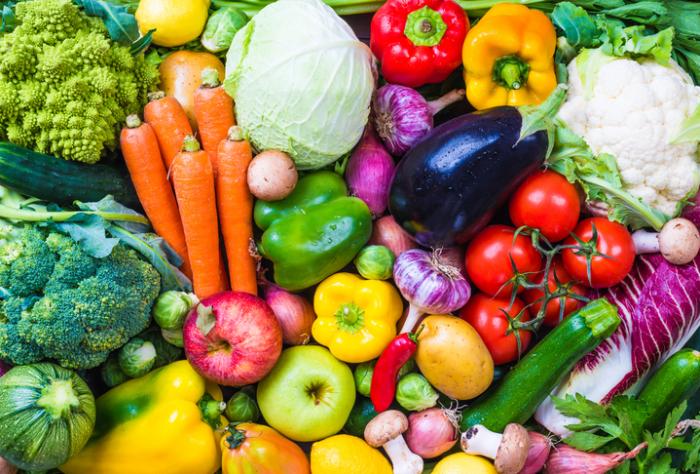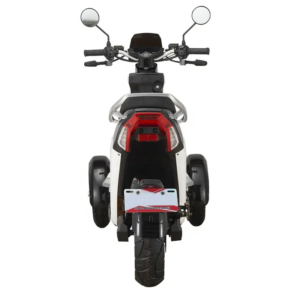Lose Weight Without Dieting (10 easy ways)

Lose Weight Without Dieting
Simple diet changes can help you lose weight and keep it off without dieting.
Yes, rapid weight loss is possible. Several fad diets are out there that promise to help you lose weight quickly while also leaving you hungry and deprived.
What good does it do you to lose weight to gain it back? It’s advisable to lose weight steadily to keep the pounds off for good.
And, according to many experts, you can accomplish it without going on a “diet” by adopting small lifestyle changes.
Three thousand five hundred calories are contained in a pound of fat. You can lose a pound in a week by cutting 500 calories from your daily diet and increasing your physical activity.
If all you want is to maintain your current weight, cutting 100 calories per day is enough to avoid the 1-2 pounds most adults gain each year.

To Lose weight without dieting try one or more of the following simple, painless strategies:
1. Eat breakfast every day
Many people who have lost their weight and kept it off have a habit of eating breakfast every day. People believe avoiding breakfast is a great way to lose weight.
Still, studies show that people who eat breakfast have lower BMIs and perform better, whether at school or in the office.
So, eat breakfast every day will help you to lose weight without dieting.
2. Select Liquid Calories Carefully
Sweetened drinks are high in calories, yet they don’t satisfy hunger as well as solid foods. Water or sparkling water with citrus, skim or low-fat milk, or small servings of 100 percent fruit juice are all good options for quenching your thirst.
If you’re hungry in between meals, try a glass of nutrient-dense, low-calorie vegetable juice. Alcohol calories add up rapidly, so keep an eye on them. Limiting alcohol can save you many calories if you normally drink a glass or two of alcohol every day.
3. At night, close the kitchen
Set a timer for when you’ll stop eating, so you don’t succumb to late-night cravings or mindless munching while watching TV.
If you want to eat something after dinner, you can have a cup of tea, a piece of candy, or a small bowl of light ice cream or frozen yogurt.
4. Consume more fruits and vegetables

Eating low-calorie, high-volume fruits and vegetables push out high-fat, high-calorie items. Take the vegetables on top of the meat and move them away from the center of your dish.
So, start lunch or dinner with a vegetable salad or a bowl of broth-based soup. Adults should consume 7-13 cups of produce each day, according to the United States government’s 2005 Dietary Guidelines.
Stock your kitchen with fruits and veggies, and incorporate a couple of servings at every meal and snack. Your diet will be loaded with vitamins, minerals, phytonutrients, and fiber, and you won’t be going for the cookie jar if you fill up on super-nutritious veggies.
5. Take command of your surroundings
Control your environment by filling your kitchen with plenty of healthy options; choosing the correct eateries is another good way to help you lose weight.
That means keeping away from all-you-can-eat eateries to prevent temptation. Have a nutritious snack prior so you won’t get hungry.
And be smart when filling your plate at a party or outing. Wait for at least 15 minutes before returning for more food and drink a large glass of water.
6. Grain is the way to go lose weight without dieting
By replacing refined grains products like white bread, cakes, pastries, and pretzels with whole grains, you’ll get more fiber and fill up faster, making it easier to eat a reasonable portion.
Whole-wheat bread, pasta, brown rice, bran flakes, and whole-rye crackers are some of the healthier options.
7. Portions should be trimmed.
If you did nothing else, you could lose weight except lowering your portions by 10% to 20%. The majority of meals offered in restaurants and at home are larger than you require.
Get your measuring cups out to handle your typical portion amounts and focus on reducing them.
Use small dishes, plates, and cups to get rapid portion control. You won’t get hungry because the food will appear to be plenty on delicate serving utensils.
8. Increase the number of steps
Get a pedometer and progressively increase your daily steps until you hit 10,000.
Do anything you can to be more active throughout the day, like pacing while speaking on the phone, taking the dog for a walk, and marching in place during television commercials.
A pedometer serves as a regular reminder and motivator.
9. Protein should be included at every meal and snack
Including a source of lean or low-fat protein in each meal and snack will help you feel fuller for longer, reducing your chances of overeating.
Low-fat yogurt, a modest amount of almonds, peanut butter, eggs, legumes, or lean meats are all good options. To keep your blood sugar levels stable, experts recommend eating small, frequent meals and snacks (every 3-4 hours). Read More: Why You Need to Include Protein in Every Meal and Snack
10. Make the switch to a lighter option.
Use low-fat salad dressings, mayonnaise, dairy products, and other goods wherever possible. If you use low-fat and lighter items, you can easily cut calories, and if the product is mixed in with other components, no one will notice.
Use salsa or hummus as a dip; use mustard instead of mayo; eat plain roasted sweet potatoes instead of loaded white potatoes; skip the cream in your coffee; skip the cheese on sandwiches; use a little vinaigrette on your salad instead of piling on the creamy dressing.
You may also like: 5 Exercises to Make Your Jaw Clear and Muscular


